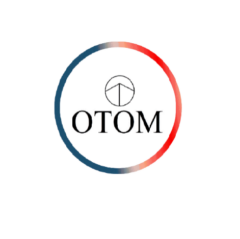At OTOMcomposite, we understand the importance of temperature control and heat transfer dynamics during the lay-up process in additive manufacturing. We recognize that differences in temperature drop can occur and that understanding the factors behind these variations is essential for optimizing the manufacturing process.
Thank you for reading this post, don't forget to subscribe!One of the key factors influencing temperature drop and heat transfer between layers is contact resistance.
The contact resistance determines how efficiently heat is transferred from one layer to the next. It plays a critical role in determining the temperature evolution throughout the build process. The contact resistance can result in temperature profiles that resemble either scenario 1 or scenario 2, impacting the final product’s quality and performance.
The thermal resistance does indeed influence product design. Understanding the heat transfer characteristics and optimizing the thermal resistance within the system can help achieve desired product properties. Proper process lay-up involves carefully controlling the temperature evolution, ensuring uniform heat distribution and consolidation across the layers. This requires considering various factors such as suitable heat input, consolidation force, and other parameters that contribute to efficient material compaction and bonding.
If you have questions or concerns about how these factors may influence your specific system and setup, the team at OTOMcomposite is here to assist you. Our experts are available to provide guidance and support to help you optimize your additive manufacturing process, achieve desired results, and enhance the quality of your final composite products.

